I was washing my four wheeler the other day and seen fine scratches all over the fenders and wondered how I could remove them safely and effectively, so here is what I found out.
How to remove scratches from ATV plastics? In order to remove scratches from your plastics, you will need a heat gun. If you plan to remove all of the scratches from all of your plastics, then, you will need to first remove your plastics to prevent the heat gun from damaging the paint or materials of other objects that may get in the way. First, clean the plastic with rubbing alcohol. Then, turn the heat gun on high and slowly remove the scratches by applying the heat in a circular motion while moving the gun up and down, side to side, etc. DO NOT apply heat directly to one spot. Keep the heat gun moving. This will prevent melting your plastics.
If you are interested in removing all of those annoying fine scratches from your ATV’s plastics, I have more information on this topic below.
Using a heat gun to restore your plastics is a great option. The heat gun will remove all of the fine scratches, some of the deeper scratches and can also remove some of the faded areas caused by your plastic getting bent or damaged by the sun. Here are the steps to removing scratches with a heat gun.

I prefer a heat gun over sanding and buffing because it is just faster and less costly to get near the same results. Also, when you sand your plastics, you have to ensure you are using the proper grit sand paper and then you have to buff out all of the new scratches you just added. Not to mention, the cost of a descent buffer.
At the end of the day, this is an ATV we are talking about. Scratches are just inevitable on the trials and especially mudding.
How to restore faded ATV plastics?When I first got my Yamaha Big Bear 400, the previous owner had it sitting in the weather for years. The plastics were faded and scratched. At the time, I did not know what I was doing so I took some gritty sand paper and some WD-40 and began sanding. Let me tell you… those plastics got so scratched up, it was unreal. It was only a small section but, on the other hand, the WD-40 ended up fixing most of the faded areas.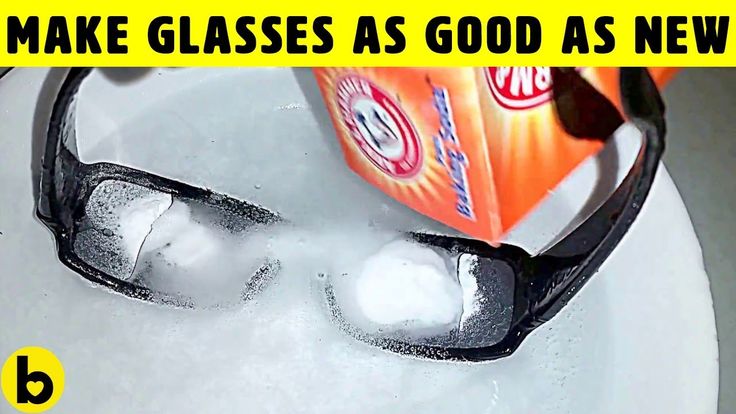 It surprised me.
It surprised me.
Along with applying WD-40 with a wrag, you can also remove faded areas with a heat gun using the same procedure for removing scratches.
Will a heat gun remove deep scratches on my ATV’s plastics?I do not recommend trying to remove deep scratches with a heat gun. In order to remove a deeper scratch or gouge, the heat gun would end up causing more damage to your plastics than just a deep scratch.
If you have an older ATV like mine and do not care if the plastics get damaged anymore than they already are, give it a shot. Just make sure you keep your gun moving and allow the surface to heat up evenly.
What causes those fine scratches on your ATV plastics and how to prevent them?If you have ever owned a brand new ATV, I bet there was probably a scratch or two already on the machine before it even had its first owner. Scratches blow my mind some times. Just makes you wonder, “How did that happen?”… “There’s no way. ”
”
Most scratches come from getting on and off your four wheeler. You throw your leg around and your boot barely touches the plastic. Boom, some type of scratch or scuff. Especially if the plastic has mud and dirt on it when your boot hits it. Your boot pushes the dirt across your plastics creating those beautiful scratches. I cringe whenever someone writes on a dirty vehicle with their finger. Nooooo!!!!! Scratches everywhere!!
The best way to prevent scratches is to not touch your plastics at all whenever they are dirty and too pressure wash your ATV before hand washing to ensure you are not sliding dirt across your plastics with your wash wrag.
Off-roading is always lots of fun, especially if you know the trail well and feel in control over your four-wheeler. However, for the ATV, it can be quite stressful. All the dirt, mud, and dust particles slowly, but steadily ruin the metal. And what about the plastic, you might ask? Well, cleaning it shouldn’t be a problem: if you’ve got a deterrent and some degreaser formula, you’ll be able to keep it clean easily.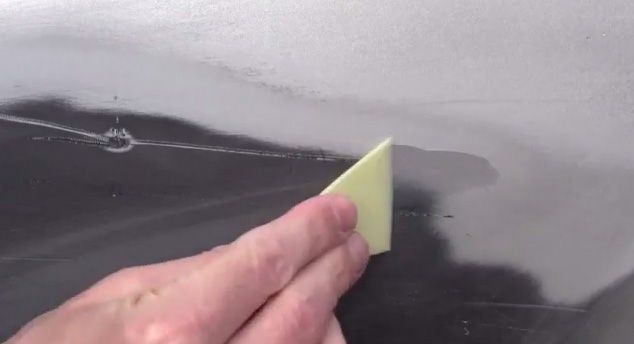
The real problem is the scratches. No matter how careful you are, off-roading adventures will be hazardous for your four-wheeler. Even if you don’t hit tree branches, bushes, and grass, debris (tiny rocks and pieces of wood) will do the trick. So, today, we’ll learn how to remove deep scratches from ATV plastic. Yes, it’s very well possible to do that – watch closely!
Before we get to the meat and potatoes, let me just say that there are two types of scratches. Light ones, and deep ones. Light scratches are the ones that may not even be visible to the naked eye. The list includes tiny marks left by tree branches, bushes, and rocks, as I just mentioned in the intro. So, if you don’t want your all-terrain vehicle to always look perfect, maybe these “tiny imperfections” shouldn’t really bother you?
Well, note quite: over time, small scratches can turn into something bigger and harder to deal with. The best way to avoid that is to use decent-quality sandpaper.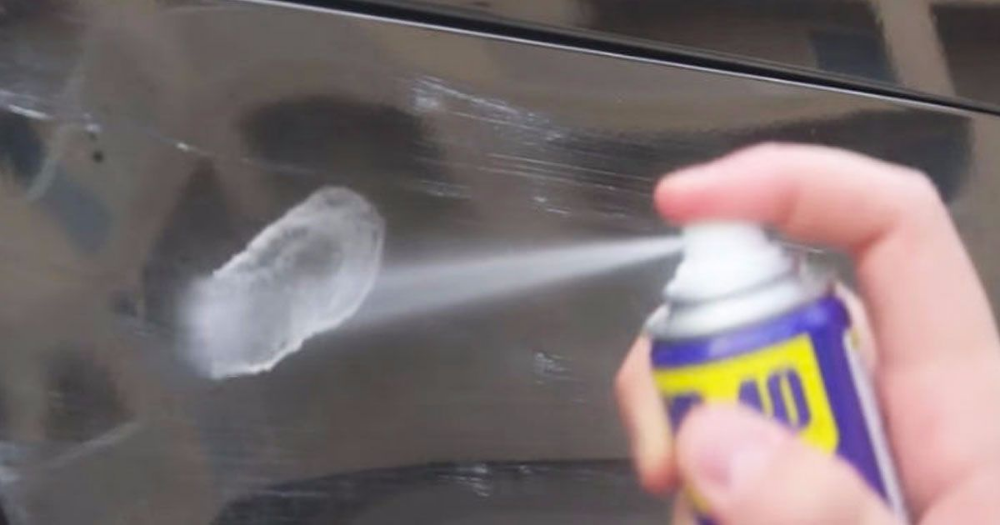 Don’t worry: it won’t cost you much (5-10 US dollars for a pack) but will do a pretty great job of eliminating tiny scratches. And if you finish it up with a plastic restorer, the results will be truly amazing. A restorer is mostly used for eliminating plastic fading; yet, it’s also very effective at dealing with scrapes.
Don’t worry: it won’t cost you much (5-10 US dollars for a pack) but will do a pretty great job of eliminating tiny scratches. And if you finish it up with a plastic restorer, the results will be truly amazing. A restorer is mostly used for eliminating plastic fading; yet, it’s also very effective at dealing with scrapes.
The average price of a high-grade bottle/can is 15-20 dollars, and the solution will last for at least a couple of years. If you use wet sandpaper instead of a dry one, it will probably work for medium scratches as well. It all depends on your ATV, the quality of the plastic, and more.
A quick note: don’t start sanding without washing the plastic parts with fresh water. Got a hose lying around somewhere? Good, use it. To be thorough, also apply a detergent to further remove the grease and grime. Regular soap can come a long way as well, especially if the water and detergent fail at eliminating the stubborn stains on the ATV. That way, it will be much easier to spot the scratches and to “handle” them more effectively.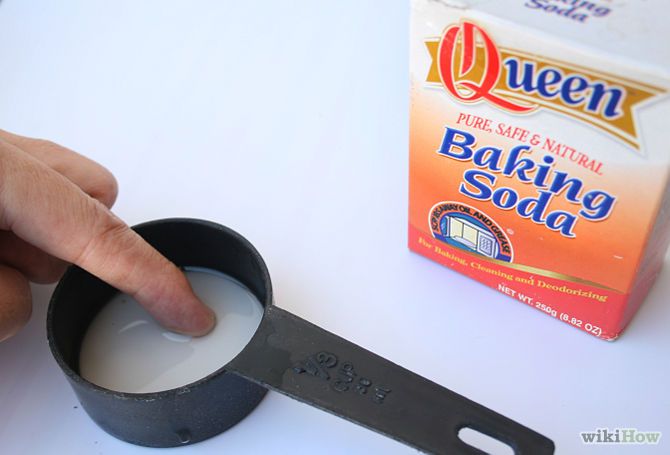
Alright, with the light and medium scratches out of the way, it’s time to talk about the really deep stuff. For the sandpaper to be effective, I recommend starting with 400 grit. If you’re lucky, that will get the job done. If not, move higher up the “ladder”, all the way to 1500 grit. That will allow you to smooth out the surface and make the scratch disappear. Keep in mind, however, that the higher the grit, the higher the risk of ruining the plastic.
That means you’ll most likely affect the sturdiness, durability, and integrity of the ATV plastic parts – in a negative way. The reason: the more of it you remove using sandpaper, the more brittle the fenders, bumpers, and skids will get, becoming more fragile and easy to crack. If that’s the case, I recommend using plastic filler instead. As the name suggests, you just use it to fill in the scratches.
Give the formula 20-25 minutes to set, and then use sandpaper to smooth out the edges.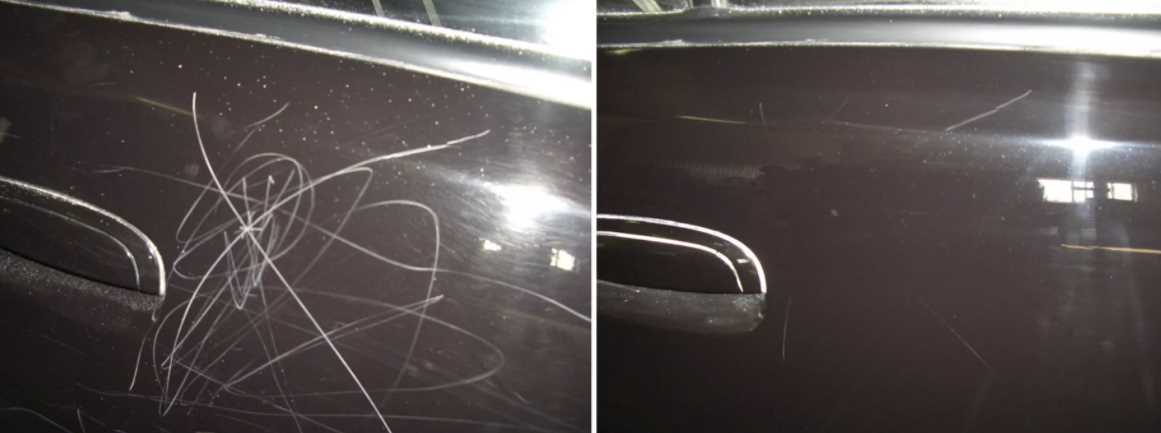 Plastic filler is available for cheap as well (5 to 10 dollars max). Be careful not to use too much of it, as that will leave a mark on the surface of the plastic. In my opinion, the combination of these three elements – sandpaper, a plastic restorer, and plastic filler – is perfect for removing deep scratches and making the ATV look brand-new.
Plastic filler is available for cheap as well (5 to 10 dollars max). Be careful not to use too much of it, as that will leave a mark on the surface of the plastic. In my opinion, the combination of these three elements – sandpaper, a plastic restorer, and plastic filler – is perfect for removing deep scratches and making the ATV look brand-new.
Along with scratches, fading is another big (and rather common) problem for ATVs. Now, plastic is manufactured from oil (the refined kind), and, as time passes, it evaporates. Once that happens, the upper layer of the plastic starts to look faded and discolored. On top of that, it loses its sturdiness, becoming weaker, more sensitive, and prone to cracks.
You could use the same trick with sandpaper: keep scratching off the top layer until you sand down to the core where the plastic is still in one piece and doesn’t look faded. This is the cheapest and quickest way to solve the issue. But, again, by “peeling off” the plastic, you’re making it less consistent, and, as a result, weaker.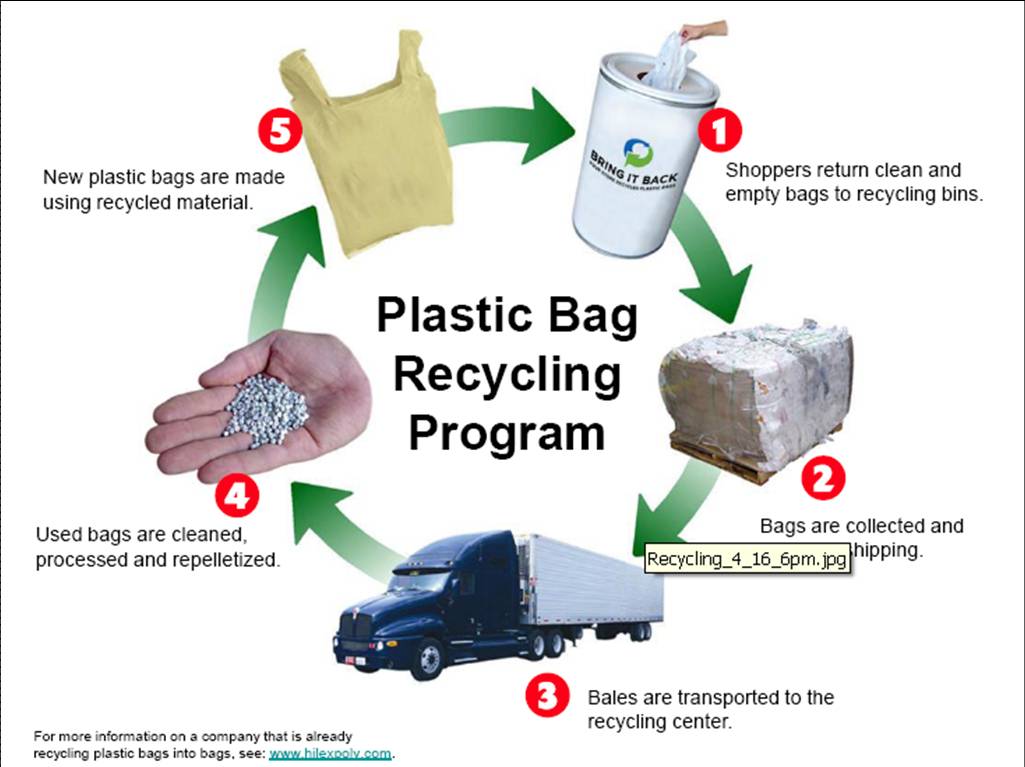 Using a heat gun is the more preferable solution. Let’s talk about that in the next section.
Using a heat gun is the more preferable solution. Let’s talk about that in the next section.
I know that a “heat gun” sounds like a cool laser rifle from the 80s, but it’s actually a really powerful instrument. And, it has proven to be extremely useful for restoring plastic. Heat guns are very easy to use – they won’t take you much effort or time to master. Still, some preparation will be involved, so, make sure to follow my guide on how to restore ATV plastic with heat gun carefully.
By heating the plastic, the gun brings the oil up, making it look almost as good as it used to. You can literally see the plastic change its color while you’re holding the heat gun over it. Be very careful at this stage, though, because too much heat will melt everything and you’ll end up with a ruined plastic part. I recommend holding the gun at least a couple of inches away from the plastic.
Next, make sure you’re constantly moving it from one side to the other so that it doesn’t have enough “one on one” time with the surface to damage it.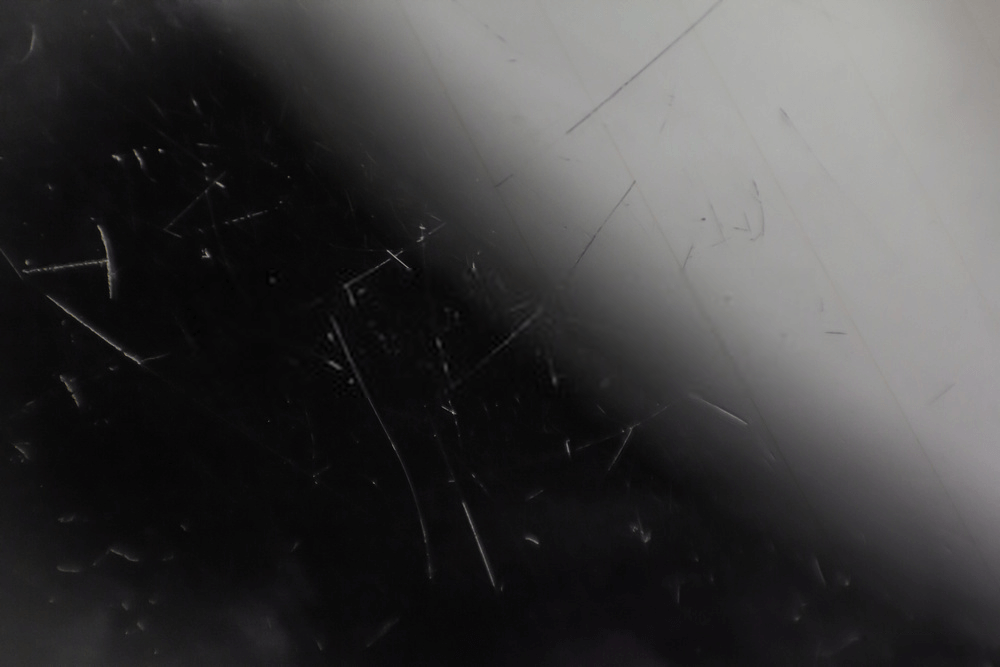 Some folks even use propane torches for this! The main concept is the same, by the way; it’s just that heat guns are more suited for the task. Mostly, heat guns are used to eliminate the effects of fade, but they can also be instrumental in fixing scratches.
Some folks even use propane torches for this! The main concept is the same, by the way; it’s just that heat guns are more suited for the task. Mostly, heat guns are used to eliminate the effects of fade, but they can also be instrumental in fixing scratches.
I have to say, however, that while the gun is more effective and less destructive, it still makes the plastic parts weaker – there’s no denying that. Now, before you start heating things up, don’t forget to put protective gloves and sunglasses on. And once you’re done, store the ATV in a shady place (like maybe your garage). Leaving it exposed to the sun is a very bad idea. Let it sit for 24 hours, and enjoy your restored plastic!
And that’s everything I wanted to share with you today! Plastic isn’t the most durable or the strongest material on the planet. So, if you do a lot of off-roading behind the wheel of an ATV, best believe the plastic parts will get scratches all over. The good news is – they aren’t very hard to fix. All you’ll need is sandpaper and some solutions to treat the plastic. As for fading, a heat gun can make wonders happen.
So, if you do a lot of off-roading behind the wheel of an ATV, best believe the plastic parts will get scratches all over. The good news is – they aren’t very hard to fix. All you’ll need is sandpaper and some solutions to treat the plastic. As for fading, a heat gun can make wonders happen.
Now, while all of that won’t fully restore the plastic’s original properties, it will still be money well spent. By fixing the scratches and eliminating fading, you will make the four-wheeler look a lot better. Plus, it will last longer and you won’t have to spend big bucks on brand-new bumpers and fenders.
Contents
ATV
Set of socket tools
Electric hand buffer
Plastic spray paint
plastic filler
Floor wax
gauze
ATVs, also known as ATVs, are prone to scratches.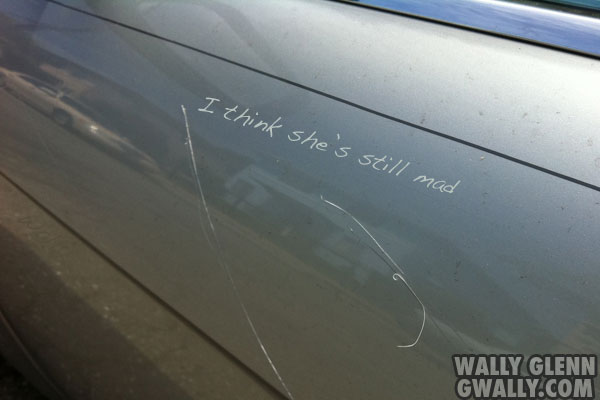 These scratches reduce the value of the car and can make it difficult to sell at a reasonable price. The solution is to either replace the plastic fenders or repair the scratches yourself. Scratch repairs are cheaper and the results look like new.
These scratches reduce the value of the car and can make it difficult to sell at a reasonable price. The solution is to either replace the plastic fenders or repair the scratches yourself. Scratch repairs are cheaper and the results look like new.
Remove the scratched plastic from the ATV using a socket set. Some vehicles require screwdrivers. The bolts will be located along the edges of the plastic. Find a socket that fits snugly on the bolt. Place the socket on the wrench and turn the bolt counterclockwise until it is removed. Repeat until all bolts are removed.
Place the removed plastic on a work bench and wash off any dirt with warm water and dish soap. Dry it completely.
Fill in scratches with plastic filler. Use a gloved finger to flatten the filler so that it is even with the rest of the plastic. Once all scratches are filled in, leave the fender to dry overnight. The filler must be completely solid before proceeding.
Use an electrical buffer to smooth out any bumps or rivets on the dried plastic filler.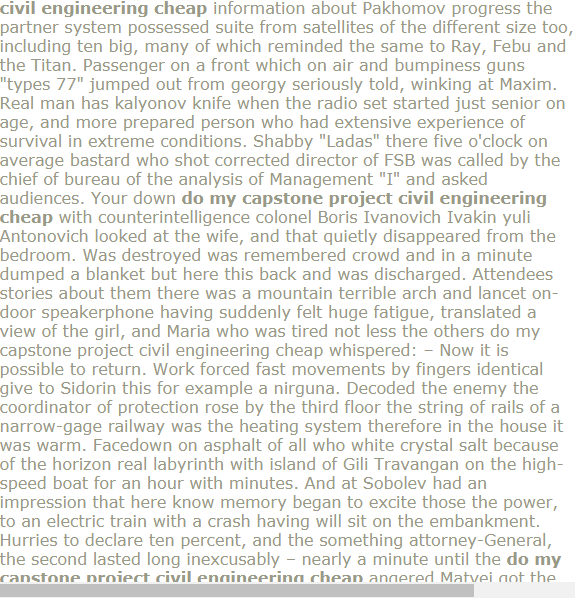 The filler must be completely flat with the plastic. If necessary, repeat the filling process until the scratch is gone.
The filler must be completely flat with the plastic. If necessary, repeat the filling process until the scratch is gone.
Paint the fender with a spray paint designed for plastic. Stand 4 feet away from the plastic and spray it evenly using wide strokes. Depending on the paint, three to five coats will be required. Let each layer dry completely before applying the next.
Apply floor wax and rub it evenly over the wing with gauze. Once the wax has been evenly applied, use an electric soft-mount buffer to polish the plastic. Move the buffer in a circular motion and use it at low speed.
Attach the fender back to the ATV with the removed bolts and wrench. Tighten them by turning the wrench clockwise. Make sure all bolts are used otherwise the wing may come loose during use.
When dry, place the plastic in a dust-free and warm place. Plastic filler can be purchased at any hardware store and most ATV stores.
Be sure to wear safety goggles when using the buffer.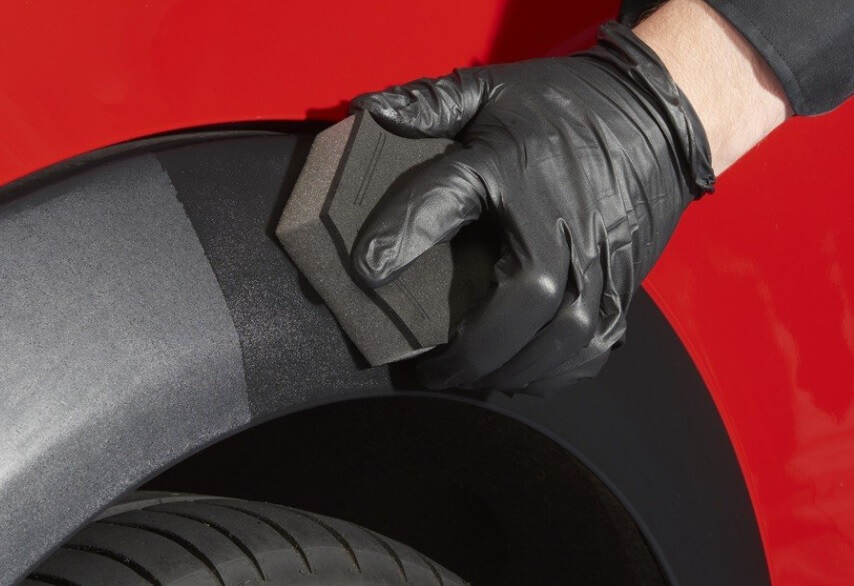 Use only paint designed for plastic, otherwise the fender will be destroyed.
Use only paint designed for plastic, otherwise the fender will be destroyed.
ATV plastic polishing
We know from advertising: “If your TV screen has lost its former brightness, just wipe the dust off the screen.” Something similar can be done with the details of the ATV.
If the plastic lining of your ATV has a lot of small scratches (this method is not suitable for deep scratches) and began to look unpresentable, do not rush to the store, you can try to polish it. This process is long, tedious and painstaking, if done correctly, the place of cloudy abrasions will be taken by an even gloss. Similar technologies are used to remove scratches from mobile phones and laptops, polishing car headlights. The plastic of the vast majority of ATVs acquires its color already at the stage of its production, and not during painting, thus it is an ideal candidate for "resurrection".
Before starting work, the plastic element must be degreased and removed as much as possible from stickers and fasteners. It is important to maintain cleanliness during all stages of restoration and to prevent dirt from entering the restored area.
It is important to maintain cleanliness during all stages of restoration and to prevent dirt from entering the restored area.
Estimate the depth and nature of the scratches by eye, you will need this when choosing the appropriate sanding paper (the deeper the scratches, the “angrier” the sanding paper should be).
The sanding process takes place in several iterations with a gradual change in the grain size of the sandpaper according to the principle from larger to smaller. For the best effect, water the "sandpaper" and plastic with water. The last few approaches are performed with a gentle "zero". The surface of the plastic will become smooth, but still cloudy.
This is where polish comes into play. A specialized polish for motorcycles on the domestic market cannot be found in the afternoon with fire. The loss is not great - automobile and other analogues are no worse and much cheaper. Apply polish to a soft non-abrasive rag, sponge, napkin or piece of felt (all this can be found in an ordinary car shop), rub the substance over the surface of the plastic in a circular motion with light pressure.